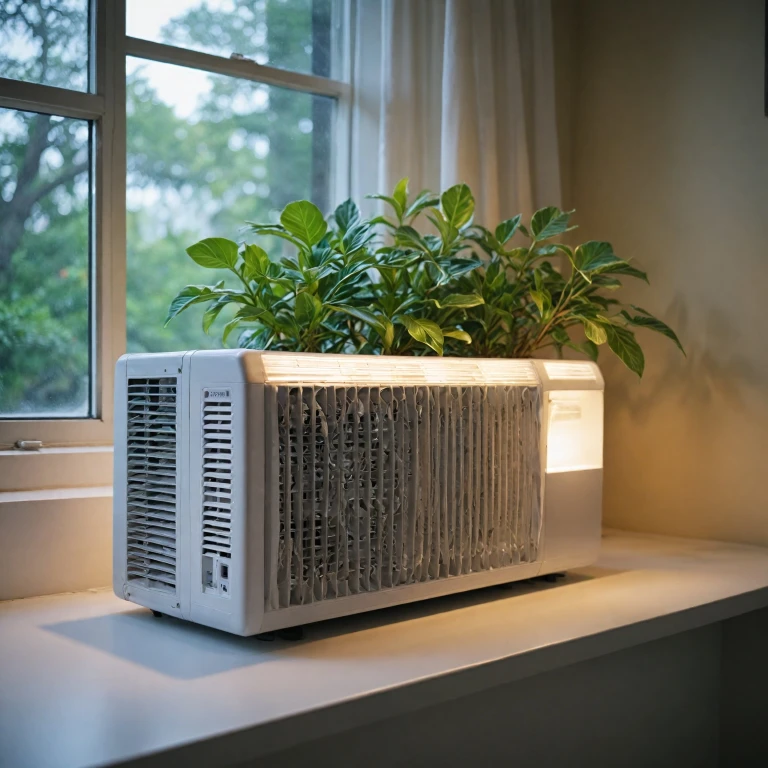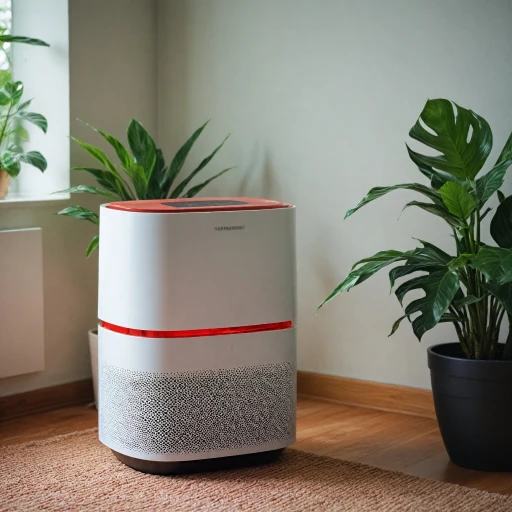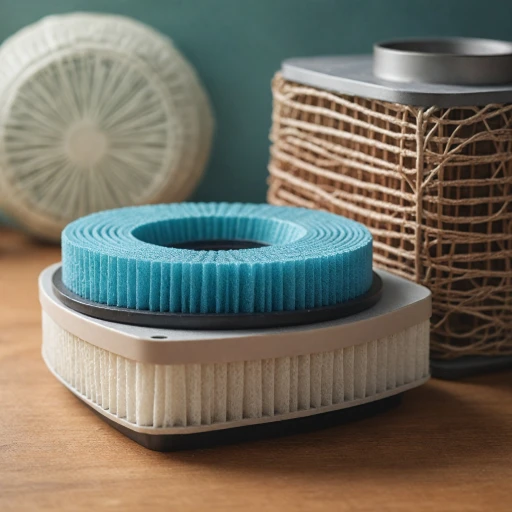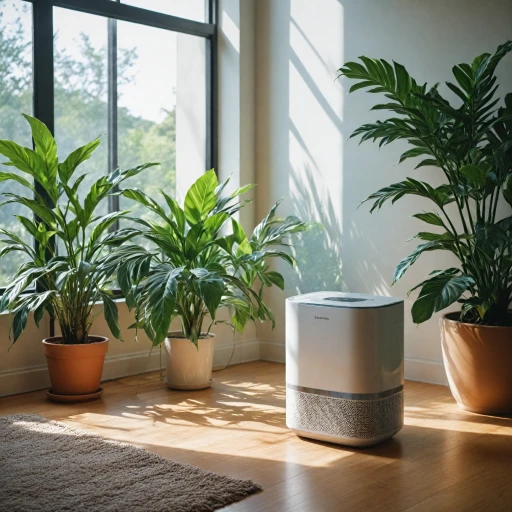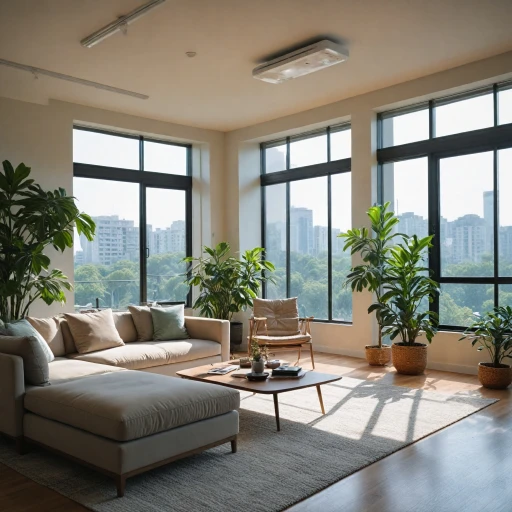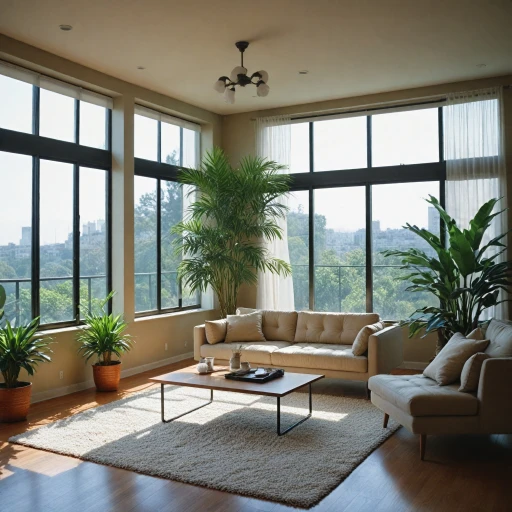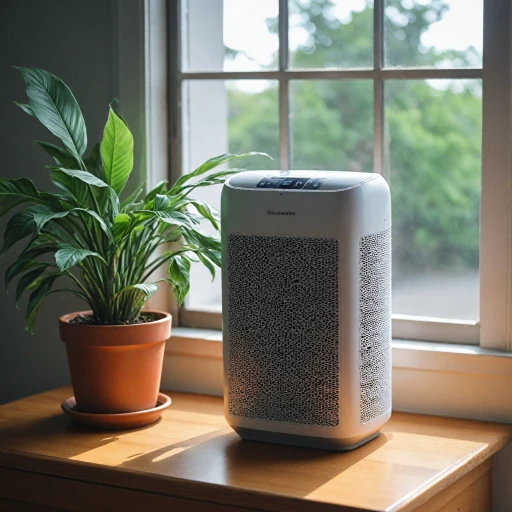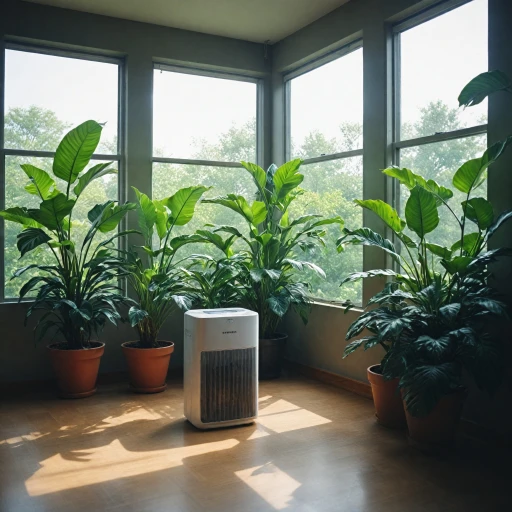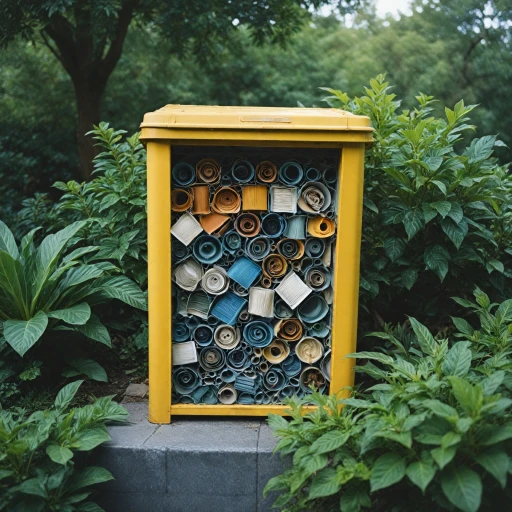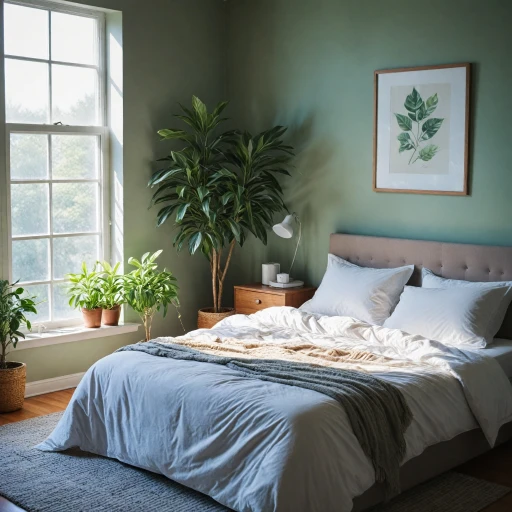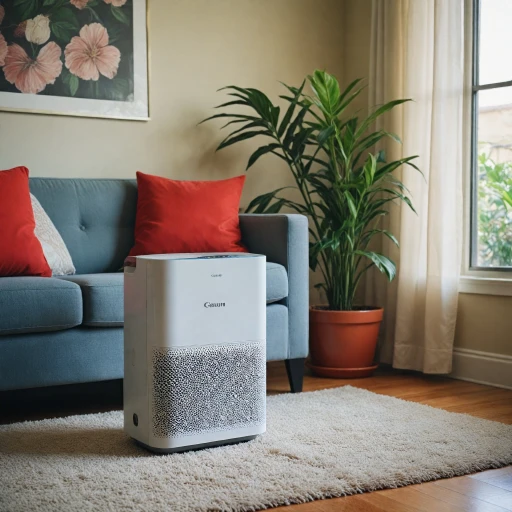
Understanding UV Light Technology
Unveiling the Science Behind UV Light Technology
Ultraviolet (UV) light technology is gaining popularity for its ability to improve indoor air quality dramatically. When integrated into an air conditioning or HVAC system, UV lights can play a vital role in sanitizing the air you breathe. Understanding how this technology works is crucial for anyone considering investing in air sanitizing solutions. UV light bulbs used in HVAC systems usually harness UVC frequency, known for its powerful disinfecting properties. These lights work by emitting ultraviolet rays that can penetrate bacteria, mold, and viruses' DNA, rendering them inactive. This process significantly reduces the proliferation of harmful microorganisms, helping to maintain a cleaner and healthier indoor environment.The Science of Coil Sanitizing
One of the critical areas where UV lights make a difference is the evaporator coil within an air conditioning or HVAC system. Over time, these coils can become a breeding ground for mold bacteria due to moisture accumulation. By installing UV lights directly at the coil, continuous sanitizing actions prevent these harmful contaminants from spreading through your home. For individuals concerned about energy efficiency and system maintenance, UV lights can extend the life of the HVAC system by keeping the coil clean and free of mold buildup. This makes your investment in air quality technology not only health-beneficial but also economically sound in the long run.Advantages of UV Lighting in Your HVAC System
Choosing to upgrade to UV lights in your air conditioning unit offers several benefits beyond just sanitizing:- Improves Air Quality: A cleaner evaporator coil contributes to enhanced indoor air quality by reducing allergens and pathogens.
- Reduces Maintenance: Fewer contaminants mean less frequent need for cleaning and servicing.
- Enhances System Efficiency: Cleaner systems work more effectively, potentially lowering energy costs.
Benefits of UV Light Bulbs in Air Conditioners
Harnessing the Power of UV Light Bulbs
UV light bulbs have become an integral component in maintaining and improving air quality in HVAC systems, particularly within air conditioners. The strategic use of these bulbs helps enhance the efficiency and effectiveness of the entire system in several ways:- Improved Air Sanitization: One of the primary benefits of incorporating UV light bulbs in air conditioners is their ability to kill mold and bacteria. These lights, often referred to as sanitizing lights, help reduce the concentration of bacteria and viruses within the HVAC system, consequently enhancing the overall air quality. The constant exposure of the evaporator coil to UV lights helps in keeping microbial growth at bay, ensuring the air that circulates indoors is pollutant-free.
- Enhanced System Efficiency: UV lights play a significant role in maintaining the cleanliness of the HVAC system, especially around the evaporator coil where mold and other contaminants are likely to gather. This coil sanitizing effect minimizes the accumulation of debris, allowing the HVAC system to operate more efficiently and potentially lowering energy consumption. Cleaner systems equate to better air purification and a longer lifespan of the unit.
- Reliable Mold and Bacteria Control: By hindering the growth of mold bacteria and other pathogens within the air conditioner, UV lights help preserve the integrity of indoor air. This characteristic is particularly vital as it minimizes allergic reactions and other health problems linked to poor air quality.
- Cost Efficiency: UV light bulbs often come at a competitive price sale compared to other air sanitizing solutions, making them a cost-effective option for those looking to enhance their HVAC system's performance without breaking the bank. Although initial installation and later replacement of these UVC bulbs might present an upfront cost, the long-term benefits and maintenance savings often outweigh the regular price concerns.
Installation and Maintenance Tips
Installing and Maintaining UV Light in HVAC Systems
Setting up and maintaining ultraviolet light bulbs within your HVAC system can greatly enhance indoor air quality by targeting mold, bacteria, and viruses that thrive on surfaces like the evaporator coil. Proper installation and regular maintenance ensure that these benefits are maximized, offering a cleaner and healthier indoor environment.Installation Steps
- Assess HVAC System Compatibility: Before purchasing a UV light, verify that your air conditioning system is compatible with UV lamp installation. Some systems are specifically designed to accommodate these lights, while others might require professional adjustments.
- Choose the Right UV Light: The choice of UV light bulb greatly impacts its effectiveness. Sanitation-focused bulbs help eradicate mold bacteria and viruses more efficiently. Consider the bulb’s power and the size of the system when making your decision.
- Professional Installation: Hiring a professional to install UV lights in your HVAC system ensures safe and effective setup. Professionals can strategically place the light near the evaporator coil, optimizing its air sanitizing capabilities.
- Follow Safety Guidelines: During installation, ensure that safety guidelines are observed, as UV light can be harmful if not handled or installed correctly.
Maintenance Tips
- Regular Cleaning: To maintain optimal performance, clean the lamps and surrounding areas regularly. Dust and dirt can obstruct the light, reducing its effectiveness.
- Bulb Replacement: UV light bulbs should be replaced as per the manufacturer's recommended time frame, usually once a year. Timely replacement prevents a drop in efficacy and ensures continuous air purifying benefits.
- System Check-Ups: Regular HVAC system maintenance helps ensure that all components, including UV lights, function efficiently. This includes inspecting the setup and addressing any operational issues that arise.
Comparing UV Light Bulbs with Other Air Purification Methods
Evaluating UV Light vs. Other Purification Techniques
When it comes to keeping the air quality in your home or office space at its best, a variety of methods are available beyond UV light bulbs installed in air conditioners. Understanding these alternatives will help you make a more informed decision tailored to your specific needs and budget.
- HEPA Filters: High-Efficiency Particulate Air (HEPA) filters are perhaps the most well-known method for capturing airborne particles. Unlike UV lights that sanitize air via ultraviolet radiation, HEPA filters physically trap particles, including dust, pollen, and some mold spores. However, they need regular replacements and might not effectively tackle smaller microorganisms like viruses and bacteria compared to UVC lights.
- Activated Carbon Filters: These filters excel in removing odors and gaseous pollutants from the air, something UV lights do not address. They are less efficient for biological contaminants, highlighting a potential area where UV lights shine.
- Ionizers: Ionizing air purifiers work by releasing charged particles into the air to combine with dust and allergens, making them heavy enough to fall out of the air. However, they don't actively sanitize the evaporator coil or target mold and bacteria on surfaces like UV lights do.
- HVAC System Enhancements: Installing UVC lamps within HVAC systems can prevent mold and bacteria from accumulating on the evaporator coil, further enhancing overall air conditioning efficiency. While initial price points might be higher, these lights can provide cost-effective long-term results with significant improvements in indoor air quality.
Consider the application of coil sanitizing lights if focusing on direct surface-level sanitizing is your priority. UV lights present a proactive approach by targeting bacteria and viruses, ensuring that the invisible aggressors in your air systems are kept at bay.
Overall, when assessing lights air solutions, take into account factors such as installation, replacement costs, and your specific air sanitizing needs, keeping in mind the distinct advantages offered by each technology.
Potential Health Impacts
Assessing Health Implications of UV Light in Air Purification
When evaluating the use of UV light bulbs in air conditioners, particularly within HVAC systems, one cannot ignore the potential health implications. Indeed, the introduction of UV lights offers a proactive approach to improving indoor air quality but requires careful consideration. To begin with, UV light technology, particularly UVC, is known for its capability to effectively inactivate mold, bacteria, and viruses. This characteristic works wonders in enhancing air quality by reducing the risk of airborne transmission of pathogens. When UV lights are installed near the evaporator coil of the air conditioning system, the sanitizing effect on the coil prevents the accumulation of mold bacteria, leading to cleaner air. However, despite these benefits, it is crucial to handle UV light with care. Direct exposure to UVC rays can be harmful to humans, causing skin and eye irritation. Therefore, any installation should ensure that there are protective barriers or that UV lamps are well-contained within the HVAC light structure to prevent accidental exposure. It's also worth mentioning that UV lights, while efficient in neutralizing microorganisms, don't remove particulate matter from the air. Hence, combining UV light systems with other filtration methods is often necessary for comprehensive air sanitizing. This integrated approach maximizes the potential health benefits while minimizing any drawbacks associated with singular use. Finally, the choice of UV lights should be guided by the specific needs of your air conditioner and the potential price sale of various HVAC light options available. Different lamps may have varying effectiveness on bacteria viruses and require specific installation or replacement guidelines. In essence, while UV lights present an innovative solution in maintaining better air quality, awareness and proper implementation are key to ensuring it not only helps in air conditioning but also maintains a safe environment within your indoor spaces.Choosing the Right UV Light Bulb for Your Air Conditioner
Factors to Consider When Selecting UV Light Bulbs
Choosing the right UV light bulb for your air conditioning system is crucial for maximizing air quality and ensuring the effectiveness of your HVAC system. Here are some key factors to consider:
- Compatibility with Your HVAC System: Ensure that the UV light bulb is compatible with your specific HVAC system. Different systems may require different types of bulbs, so check the specifications carefully.
- Type of UV Light: There are different types of UV lights, such as UVC, which is known for its ability to kill mold, bacteria, and viruses. Make sure the bulb you choose is effective for your needs.
- Installation Requirements: Consider whether you can install the bulb yourself or if professional installation is necessary. Some systems may require specific installation procedures to ensure optimal performance.
- Price and Replacement Costs: Evaluate the initial price and the cost of replacement bulbs. While some bulbs may have a higher regular price, they might offer better longevity or efficiency.
- Effectiveness in Air Sanitizing: Look for bulbs that have proven effectiveness in coil sanitizing and improving indoor air quality by reducing mold bacteria and other contaminants.
Evaluating the Performance and Longevity
When selecting a UV light bulb, it's important to consider its performance and longevity. High-quality bulbs can significantly enhance the air sanitizing process, reducing the presence of bacteria and viruses in your indoor air. Regular maintenance, as discussed earlier, is essential to ensure the bulb continues to function effectively over time.
By carefully considering these factors, you can choose a UV light bulb that not only fits your HVAC system but also enhances the overall air quality in your home.
